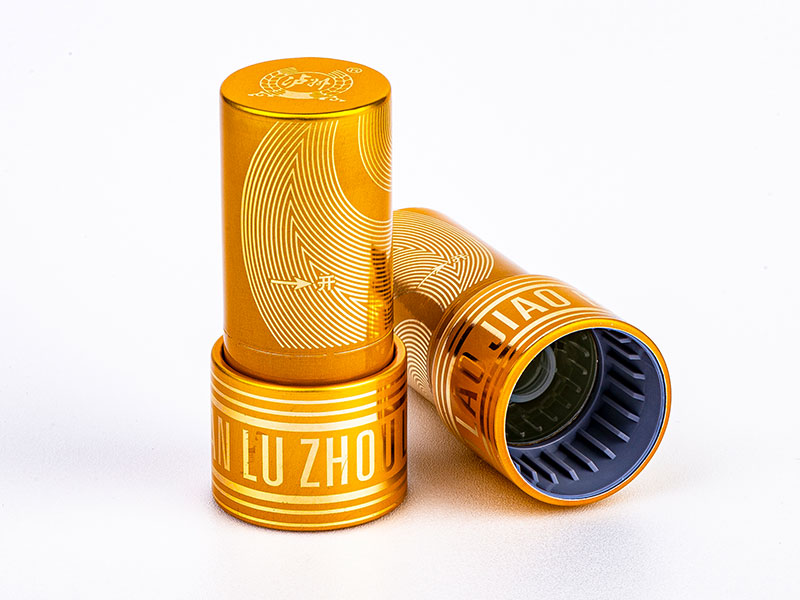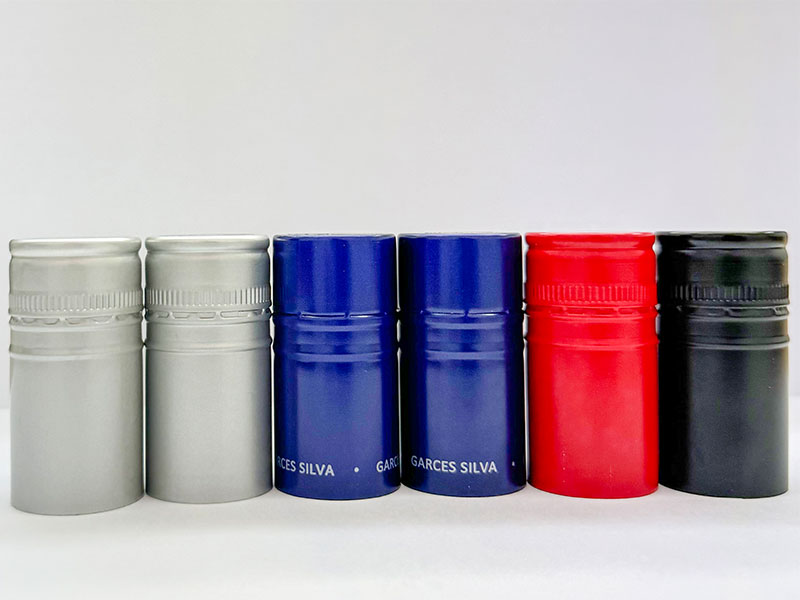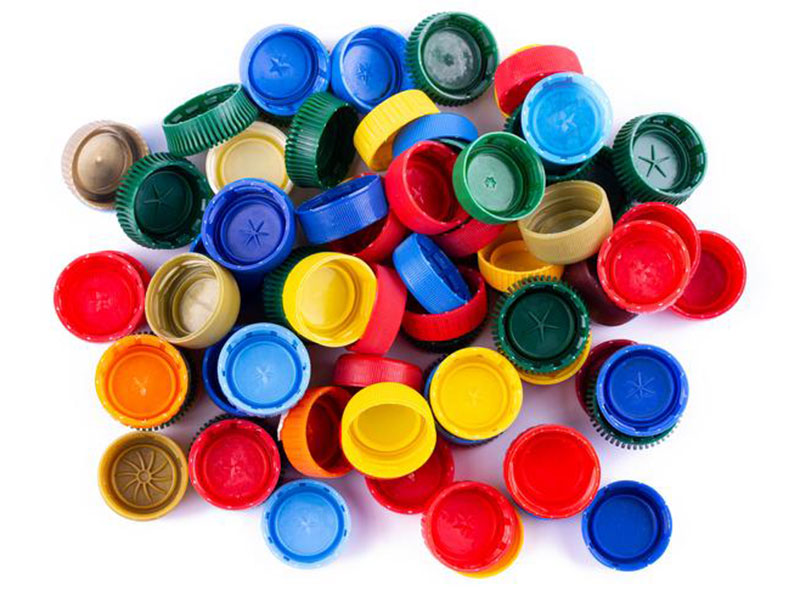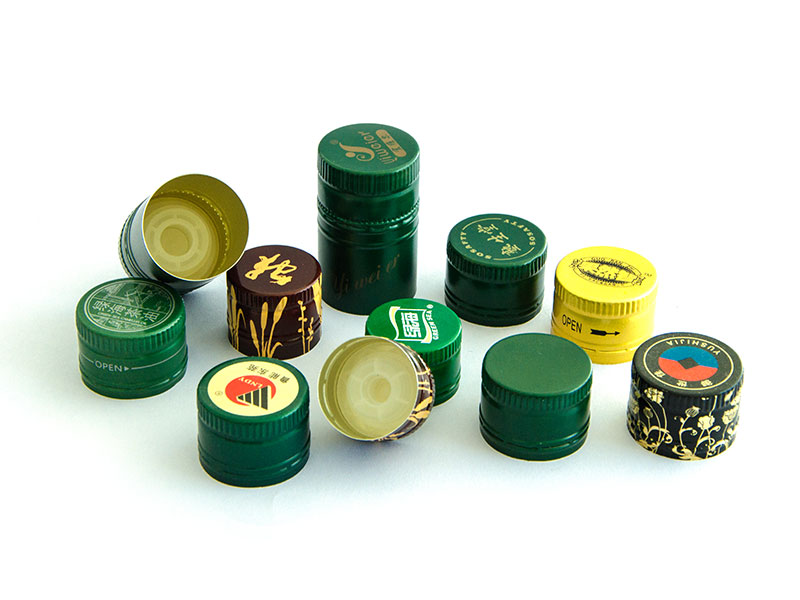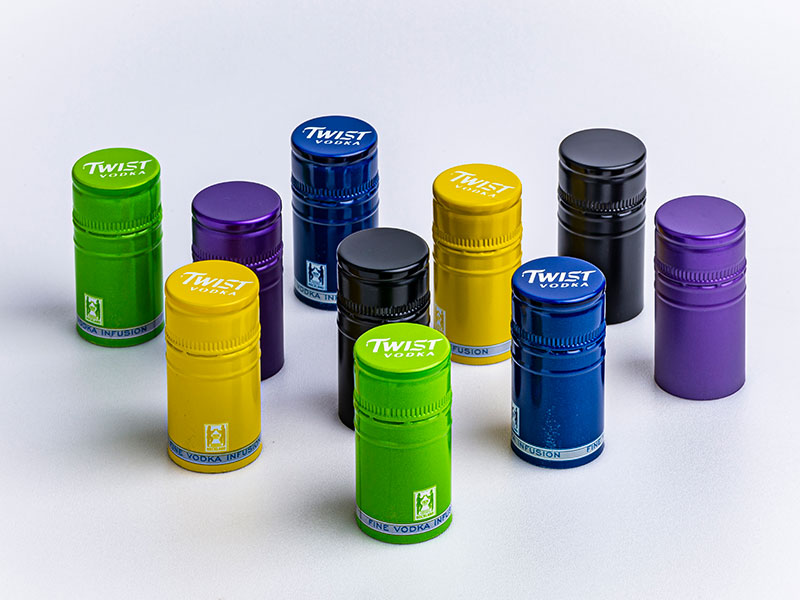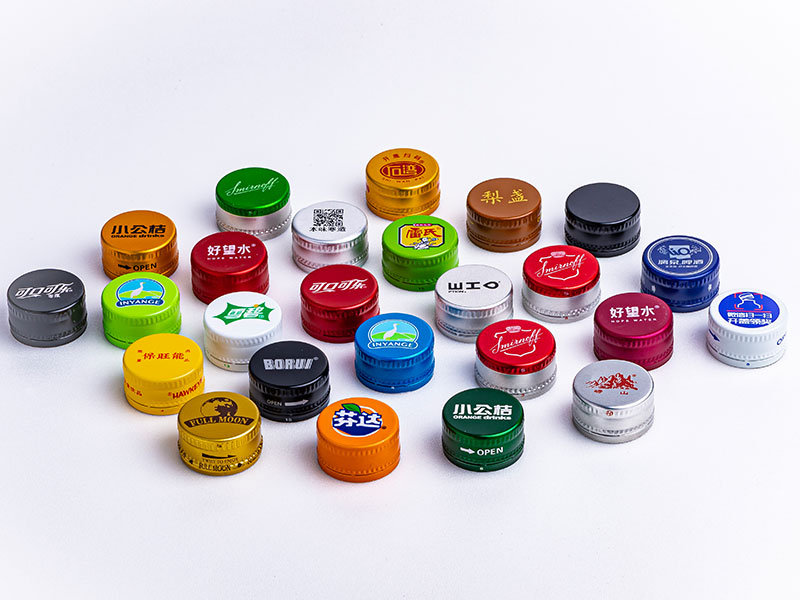Aluminum Soda Caps for Bottled Carbonated Drinks with Premium Finish
When you crack open a bottle of your favorite carbonated drink, the unmistakable hiss of carbonation escaping signals the moment of refreshment. But few pause to consider the humble aluminum soda cap that seals in those fizzy bubbles, ensuring every sip is as uplifting as the moment you first opened the bottle. These caps may be small, but their role in preserving the taste, quality, and aesthetic appeal of carbonated beverages is huge, especially when crafted with a premium finish.
In t
Why Aluminum? The Superior Choice for Soda Caps
Aluminum brings an ideal blend of strength, lightweight properties, corrosion resistance, and recyclability to soda cap manufacturing. Unlike other metals such as steel, aluminum is prone to less corrosion, an important factor given the acidic environment inside soda bottles. This ensures the integrity of the seal over extended periods.
Chemical Composition & Alloy Parameters
Typically, the aluminum alloys used for soda caps are from the 1000 or 3000 series, prized for purity, mechanical stability, and formability.
| Property | Parameter Range | Relevant Alloy |
|---|---|---|
| Aluminum Content | ≥ 99.0% | 1100, 3003 |
| Magnesium (Mg) | 1.0 - 1.5% | 3003 |
| Manganese (Mn) | 0.5 - 1.0% | 3003 |
| Copper (Cu) | ≤ 0.15% | To minimize corrosion risk |
| Tensile Strength | 110 – 220 MPa | Alloy temper dependent |
| Elongation at Break | 10 - 35% | Confers flexibility |
These alloys are conducive to typical industrial processes like stamping, drawing, and coating required for soda cap production.
Temper and Mechanical Conditioning
The tempering of cap-stock aluminum serves dual roles: providing enough strength to resist deformation during capping and opening, and sufficient ductility to accommodate the sealing process without fracturing.
- Temper Designations: H14 to H19 are common (strain hardened and partially annealed conditions), balancing hardness and malleability.
- Typical Tensile Strength: Around 140-190 MPa ensures adequate pressure resistance.
Advanced tempering enhances caps’ resistance against accidental denting or damage in distribution, transportation, and consumer handling stages.
The Premium Finish – Beyond Aesthetic Appeal
Although the screw or crown cap functions primarily as a seal, it has increasingly become part of brand identity and premium consumer experience. Aluminum’s surface provides an excellent substrate for various finishing treatments:
Anodizing: Provides enhanced corrosion resistance, a variety of natural colors without paint, and improved surface hardness.
Powder Coating: Highly durable and visually striking; popular in craft beverages that seek shelf-distinction.
Electrolytic Chromium Coating (ECC): Offers a mirror-like, smooth finish with high scratch resistance.
Screen Printing & Embossing: Typography, logos, or nutritional info can be crisply applied without compromising sealing quality.
These finishes also contribute hygiene benefits—a smooth, sealed coating resists microbial growth and chemical interactions, befitting health-conscious consumers.
Industry Standards and Implementation
Soda caps are subject to rigorous standards from agencies like the Aluminium Association, ASTM, and respective food safety authorities (FDA, EFSA). Critical parameters include:
- Dimensional accuracy: Standard dimensions based on bottle neck specifications (e.g., 26mm crown diameter).
- Sealing mechanism: Use of uncompromised liners, often polymer-based, that block CO₂ escape effectively.
- Material traceability: Compliance to food-grade material certifications to avoid contamination.
Implementation demands integration of automated stamping, forming, and finishing lines monitored per ISO 9001 quality guidelines for consistency and safety.
Environmentally Forward: Recycling Aluminum Soda Caps
Aluminum beverage caps are highly recyclable, retaining material properties with minimal processing. Capturing caps in post-consumer recycling loops supports sustainability by reducing raw material mining, lowering carbon footprints, and enabling closed-loop aluminum usage—a win-win for brands and eco-conscious consumers.
In Conclusion: A Small Component Making a Big Impact
Though often overlooked, aluminum soda caps combined with inspired premium finishes are silent enablers of the daily refreshment ritual. Through technological evolution in alloy selection, tempering, and finishing, these caps secure not only carbonation and taste integrity but also bolster brand prestige, consumer satisfaction, and environmental responsibility.
Next time you open a soda bottle, take a moment to appreciate the slender aluminum cap, where metallurgy meets design in a tiny but indispensable triumph of beverage packaging.
Expert Reference Table: Aluminum Alloy Properties for Soda Caps
| Property | Typical Value | Comments |
|---|---|---|
| Alloy Series | 1100, 3003 | Commercially pure to wrought alloy faces |
| Aluminum Percentage | ≥ 99.0% | High purity for corrosion resistance |
| Tensile Strength | 110–220 MPa | Depends on temper; strength needed to hold carbonization |
| Elongation (Ductility) | 10–35% | Required to ensure metal can be properly formed |
| Temper Designation | H14–H19 | Balances hardness and flexibility |
| Finish Options | Anodizing, Powder Coating, ECC | Maintain hygiene and appearance |
If you seek custom solutions for premium aluminum soda caps, partnering with specialized alloy suppliers and cap manufacturers skilled in delicate tempering and finishing can elevate your beverage packaging to new heights of quality and appeal.



